The St. James Way
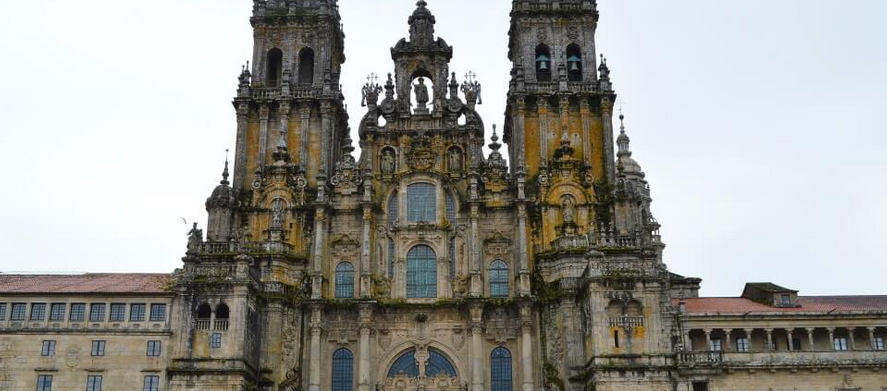
History of the st. James Way
After Christ’s Resurrection the apostles followed the instructions He had given during His apparition and scattered round the world to spread His word.
The Apostle James, also known as James the Greater, was the son of Zabedee and Salome and the brother of John the “Evangelist”.
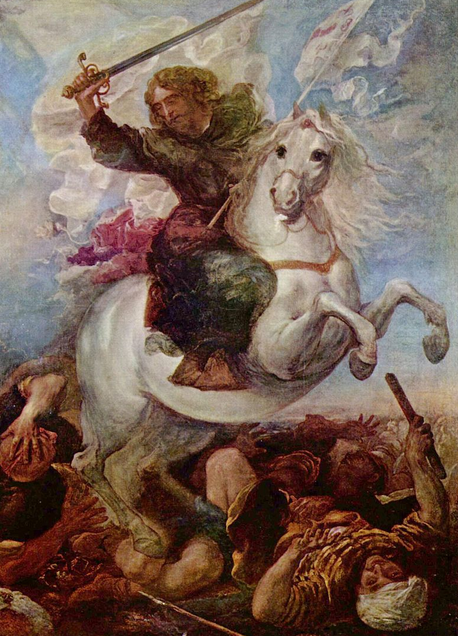
He was unhappy with the persecution suffered by the Christians and decided to preach at the place, which was then considered as being the end of the world: Finisterra. This was the point where the sun set on the Iberian Peninsula, now called Cape Finisterra, in the lands of Galicia. In this remote location the Christians were not persecuted.
It is said that Saint James arrived in small sailing ship at Iria Flávia – now a parish Padrón -, in only 7 days. It was there, after overcoming several difficulties that he began to preach.
Having he spend several years in the region preaching Crist’s teachings, he returned to Palestina in the year 44 to share his evangelizing deeds in Hispania. The return journey was difficult and ended up by being fatal for he was beheaded on the orders of king Herod Agrippa I.
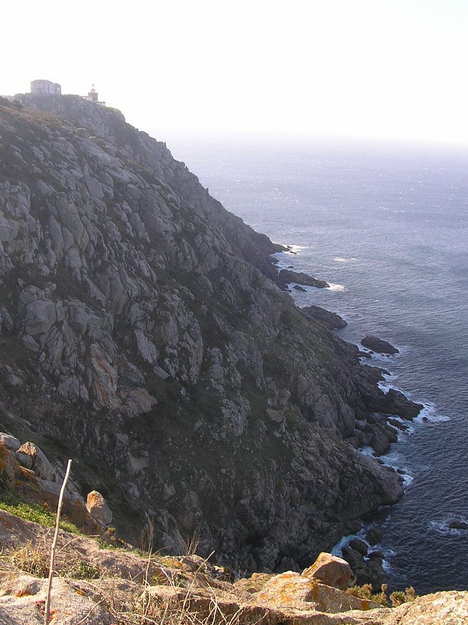
His body was left the wild beasts in the desert. Two of his disciples recued it and carries it over the see to Iria Flávia, There he was secretly buried in a wood called Libredón. Since then, generations of hermits were charged with keeping permanent guard over the Apostle’s tomb. With the passing of the years, and the Barbarian invasions, the fall of the Roman Empire and the Moorish invasions, the tomb was forgotten or lost.
Another 800 years passed until a hermit in the woods named Pelagius saw a rain of stars, which seemed to be hitting a specific spot and he went there. When he examined the place he found an old tomb. He then informed bishop Teodomiro of this discovery. The phenomenon of the rain of stars became known as “campus stellae”, field of stars in Latin.
The expression probably gave rise to the word “Compostela”. The bishop himself decided to travel there and found the tomb of Saint James enfolded in a mantle of lights. When the heard the news King Alfonso II named Saint James the official patron saint of Spain and commissioned at that place a chapel and a monastery.
He was therefore the first pilgrim to visit the site. With this pilgrim came the beginning of the history of the Way to Santiago.
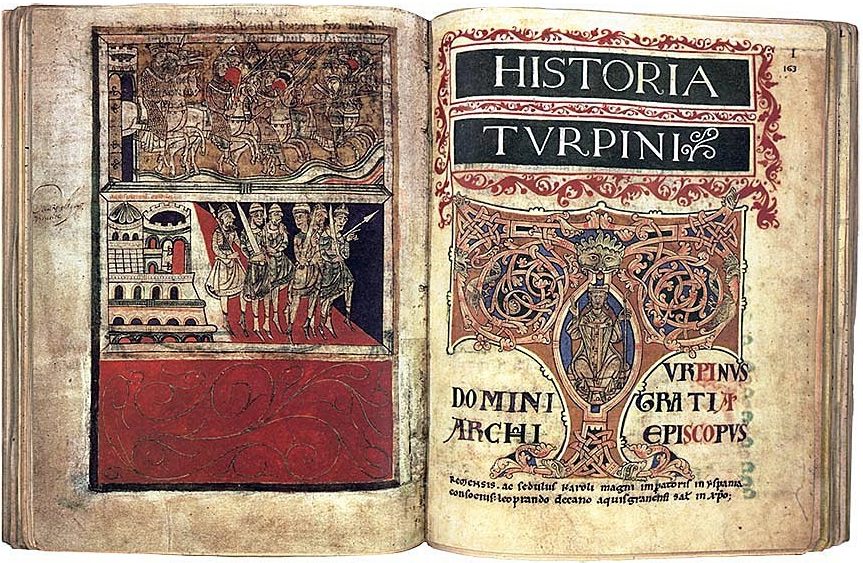
In the year 977, following the destruction of the temple by invading Moors, the king of Asturias, Alfonso III, ordered a new church to be built on the same site, but larger than the previous one.
From the 10th century onwards the growing number of Christians throughout the peninsula meant that pilgrimages to Santiago increased. Santiago de Compostela thus became one of the greatest Christian pilgrimage sites in the world.
The first pilgrim’s guide to the French Camino- was published in the 12 century. This was called the Code Calixtinus, attributed to Pope Callixtus II. That Pope proclaimed whenever 25 July on Saturday that year would be considered a Jubilee Year is celebrated every 6, 5, 6 and 11 years.
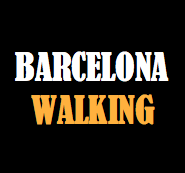 BarcelonaWalking Barcelona Hiking Barcelona Montserrat Costa Brava Pyrenees
BarcelonaWalking Barcelona Hiking Barcelona Montserrat Costa Brava Pyrenees

